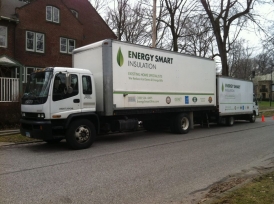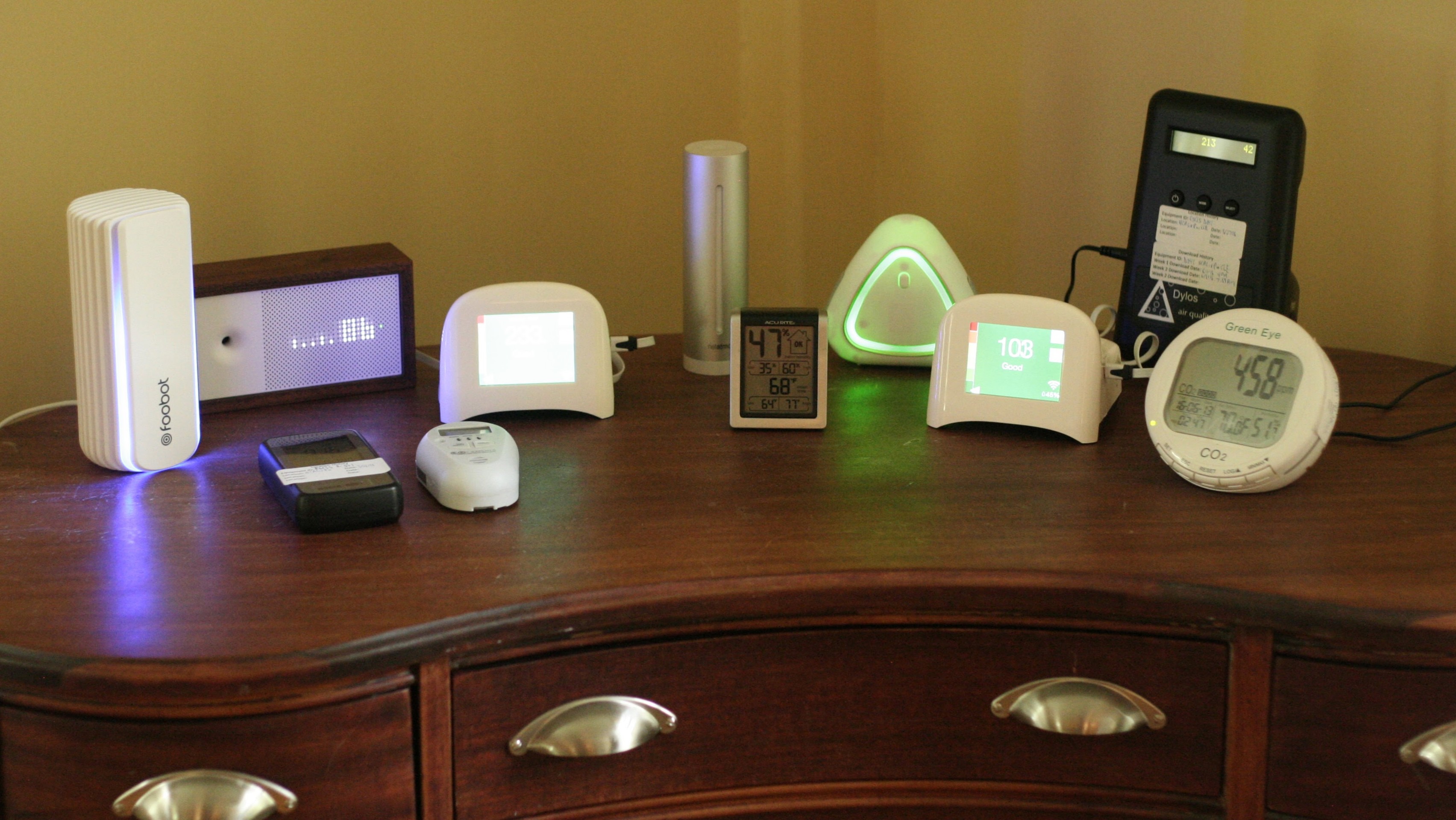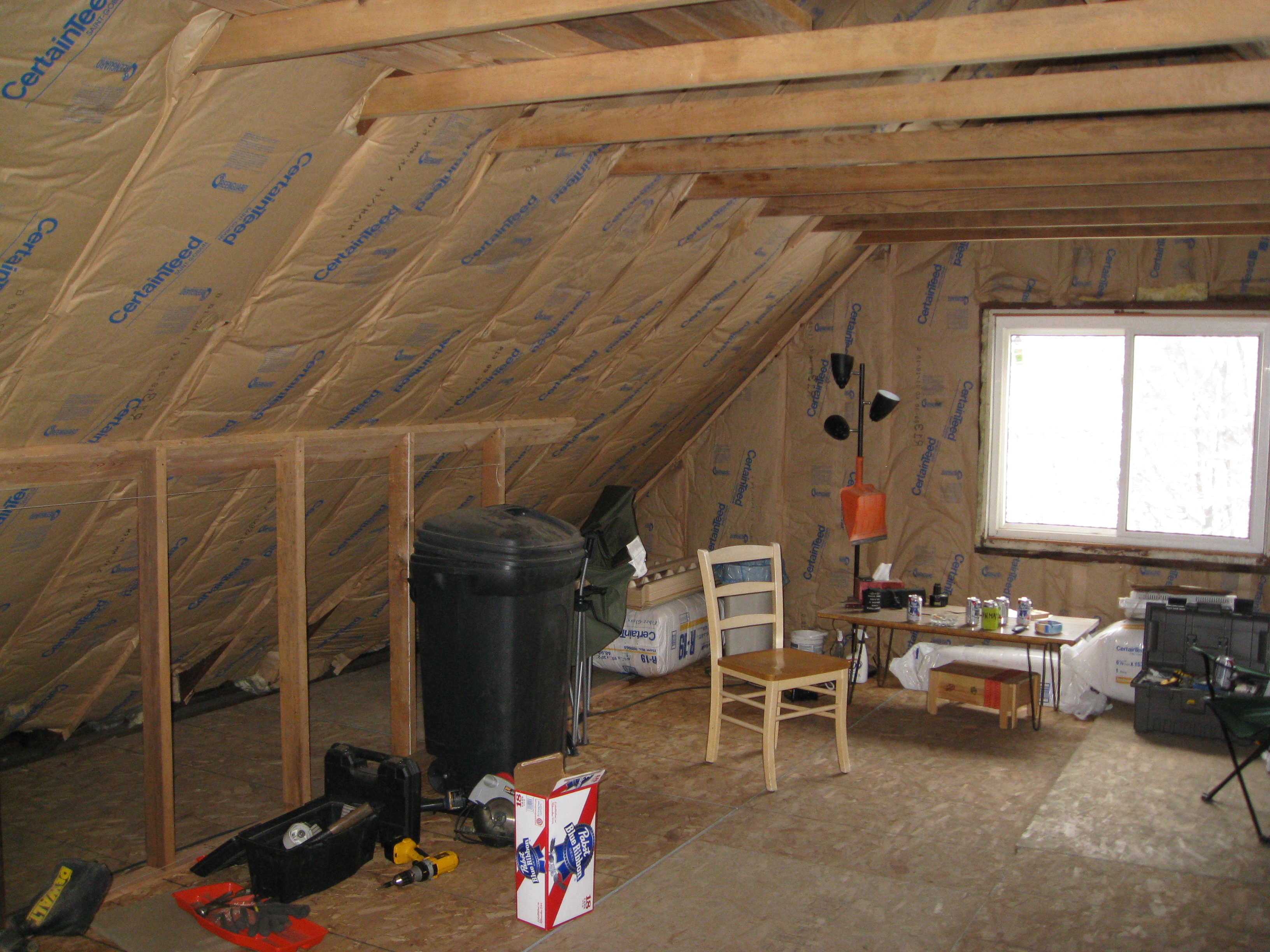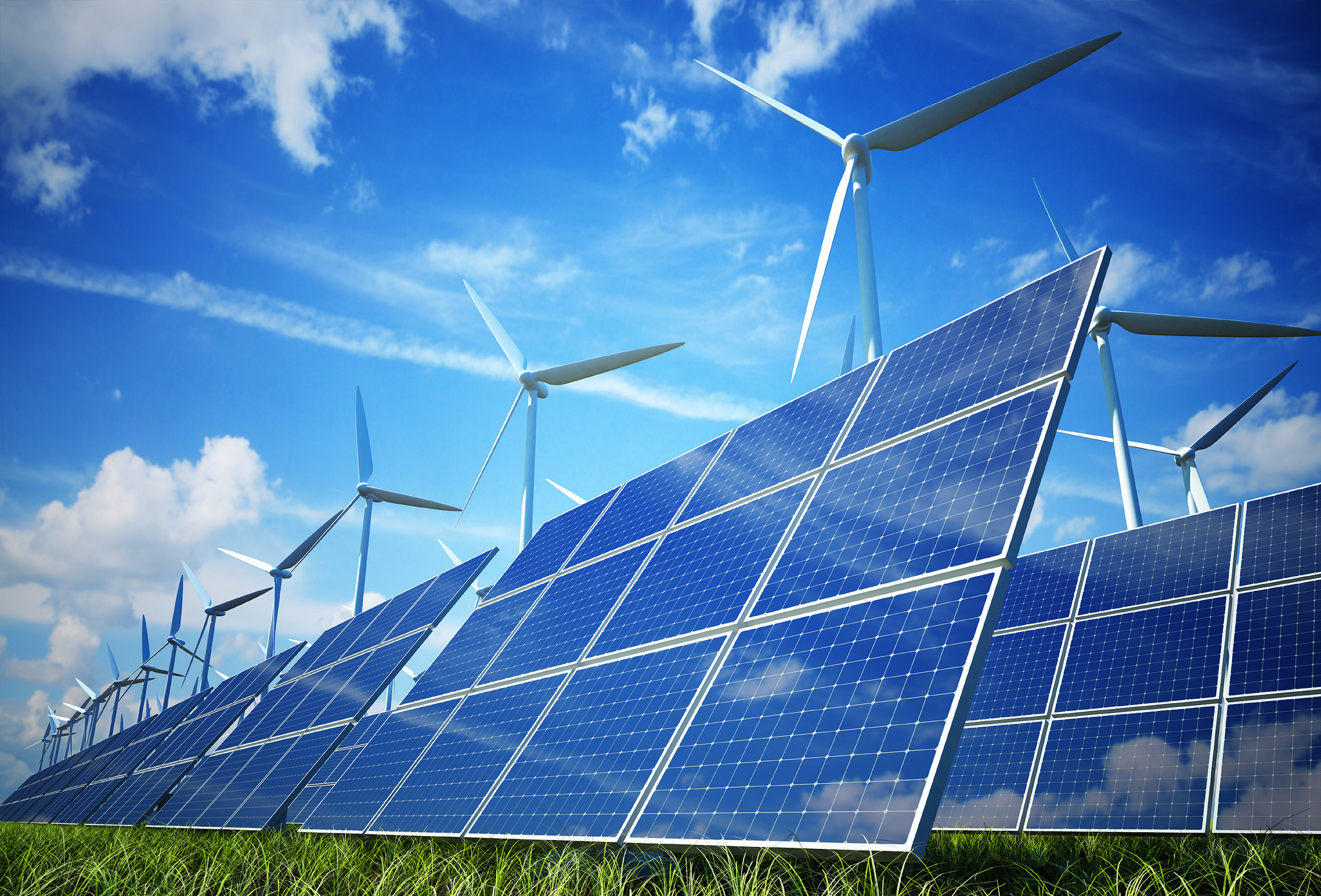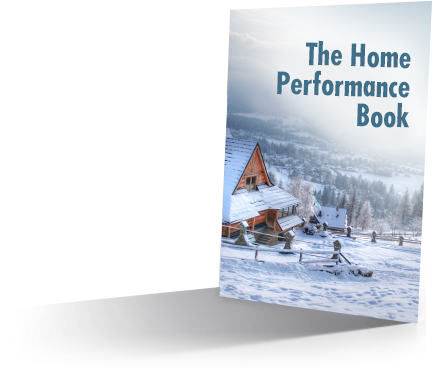Why Low Hanging Fruit Has Poisoned Energy Efficiency
Most folks in the efficiency world or homeowners looking to do efficiency upgrades on their home are familiar with the concept of Low Hanging Fruit. Do a few things, and big results will happen. The trouble is, we’ve found precisely the opposite, and now we’ve come up with not only a way to express it, but two anecdotes that suggest the hypothesis is true.
The few in the Home Performance/energy efficiency world that have actually tracked results have found energy savings results to be almost ridiculously scattered – there is essentially no rhyme or reason to which projects work and which ones don’t. We believe we have cracked the code.
If you are a homeowner, you likely don’t even care about energy efficiency (EE), if you get right down to it.
More than likely you are trying to solve a real problem: a child’s room that is too hot or cold; a second floor that won’t heat or cool; indoor air quality (IAQ) problems causing asthma, allergy, and other health issues; icicles in colder climates, and more. EE is a nice warm fuzzy.
If you’re smart, you severely discount any promises that are made to you about savings. Studies have shown that only 25% of what is promised is expected by homeowners to show up. That’s often about right. But it doesn’t have to be.
If a project goes far enough to bring the system of systems that is a building into balance (not unlike our bodies), amazing things can happen. Stop short and fail.
Go far enough, and homes become very comfortable, far healthier and safer, longer lasting, and more efficient. Those are the 4 Tenets of Home Performance. Everything shows up at the same time when you reach a balance or tipping point.
Enough yapping. Let’s look at some pictures that are hopefully worth 1000 words.
First off, this chart is largely theoretical, so we can make the axes mean whatever we want. That may bother some people, it is what it is. (My wife, the graphic designer who made this chart look nice, is one of those people.)
With Low Hanging Fruit theory, it seems like if you pick the right 2 upgrades, you’ll get 4 results. Then benefits taper off fast.
This is what intuitively actually happens. Those 2 improvements deliver more like .5 results.
Good things are possible, but you can’t mess around, you have to commit. Just like when deciding to lose weight, if you don’t have a plan to both exercise and eat differently, the odds of failure are high.
This chart is why residential energy efficiency and Home Performance haven’t taken off yet. Disappointment reigns supreme. Big results are promised, but don’t show up. Everyone in our field is considered a charlatan. Just another group trying to take homeowner money.
The only way to change this is by measuring actual results. Otherwise it’s not unlike saying you golf a 70, but no one actually checks. You may golf a 200 if anyone keeps score. It’s time to keep score. Energy Smart keeps score. (Are you listening, industry? We need to do this. Hence the whole One Knob efficiency program design.)
The Sea of Success is where good things really start to happen. Homes become supremely comfortable. Indoor Air Quality improves drastically which affects both the health and safety of the home. Moisture problems are reduced, extending the life of the structure. And real efficiency gains begin to show up.
Keeping in mind a typical job Energy Smart used to do while contracting, take a look at this chart. Say this is a $3000 attic air sealing and insulation job. The results are mediocre. The house may be a little more comfortable, but the energy savings are disappointing.
Some rooms may be substantially less comfortable because the furnace runs less and rooms at the end of the duct runs don’t heat or cool well. We wrote about this in April 2014 describing a client whose family room is now colder than it was before. A side effect of not thinking of the home as a system of systems. Fix one thing, cause another problem.
Imagine taking a few more steps, perhaps replacing an oversized furnace, sealing up the house a bit more, or some other improvement. The results that come from that, if a tipping point is reached, can be spectacular, as we recently found in one home and will touch on shortly. Other pros in the industry, Mike MacFarland of Energy Docs comes to mind first, have also found the same thing.
Determining which extra steps will make the difference requires a very thorough look through the home, not to mention planning. Energy Smart’s Comprehensive Planning Process tackles all this, by the way.
As you get deeper into improvements, at some point you reach a point of diminishing returns. The best place to be is right at that inflection point.
Energy Smart Home Performance comes up with 3 plans as part of our Comprehensive Planning Process that aim to capitalize on different parts of this curve (it’s called a Sigmoid curve.)
The top plan, which we call Complete, is soup to nuts. Everything that might affect the problems we’re called out for – those rooms that don’t heat or cool, IAQ problems, icicles, and so forth.
The second plan is a Sweet Spot – which upgrades are most likely to solve problems. It aims for that inflection point where diminishing returns begins.
The third plan – Budget – is tailored to a budget and a prioritized list of problems we develop with you. Depending on how big of a budget you give us to work with, it may solve all of the problems you called about, it may only solve 1 or 2, or we may tell you the budget isn’t high enough and your expectations need to be adjusted.
Below is a project Energy Smart did in Spring of 2013 on the chart. It was done to chase a $1250 rebate from the local gas company, Dominion East Ohio. The objectives were a bit fuzzy, more comfort and hopefully some energy savings. The project saved 9%. That’s a fail.
This is a recent project with our new process and the Budget plan. It was enough to hit the tipping point. This home is now kept at 73 degrees instead of 69. The 69 was downright cold in some parts of the house. Now the whole home is far more comfortable. And the energy bills were nearly cut in half.
Does this house need more? Maybe. It holds moisture well enough now that it needs supplemental dehumidification. Beyond that, it’s up to the homeowner, but keep in mind these results came from executing the lowest cost option. As you can see, good results were achieved, and not by chasing Low Hanging Fruit or rebates…
Time for the Pitch
Does this pique your curiosity? Would you like to develop plans to deliver real results like this? Or just do the Spend and Hope – have work done and hope that it works, but run the risk of redoing work or causing other problems.
Energy Smart can help if you want results. We are an independent consulting firm that can find out what you’d like to solve, diagnose the problems, develop plans, and then help you use contractors to get the job done right. It all starts by filling out our questionnaire to begin.
Our typical client will read 5 or more pages on the website before reaching out. It’s very important that our clients have a basic grasp of the Building Science that underpins everything we do. We’ve spent a lot of time building this website to do just that. Here are some places to begin, feel free to wander to whatever interests you.
Further Reading
A Tale of 2 Houses – The detailed story of the examples above.
A Case Study in Insulation Failure – The cold addition story.
The Science Behind What We Do – Home Performance is rooted in science. Everything is interconnected, and we try hard to keep those connections in mind. Here’s the basics.
Problems We Can Help With – Want to know if we can help? Here’s a starter list of problems we can solve.
Humidity: Another Make or Break for Your Home – A top 10 list of how high and low humidity screws things up in your home. Mold and flu and eczema, oh my!
Indoor Air Quality – The air inside your house is likely 2-5 times dirtier than outside. Here’s the rundown on what IAQ is.
Get the HVAC Guide

It's free! Make buying a new furnace, air conditioner, or heat pump less stressful.


